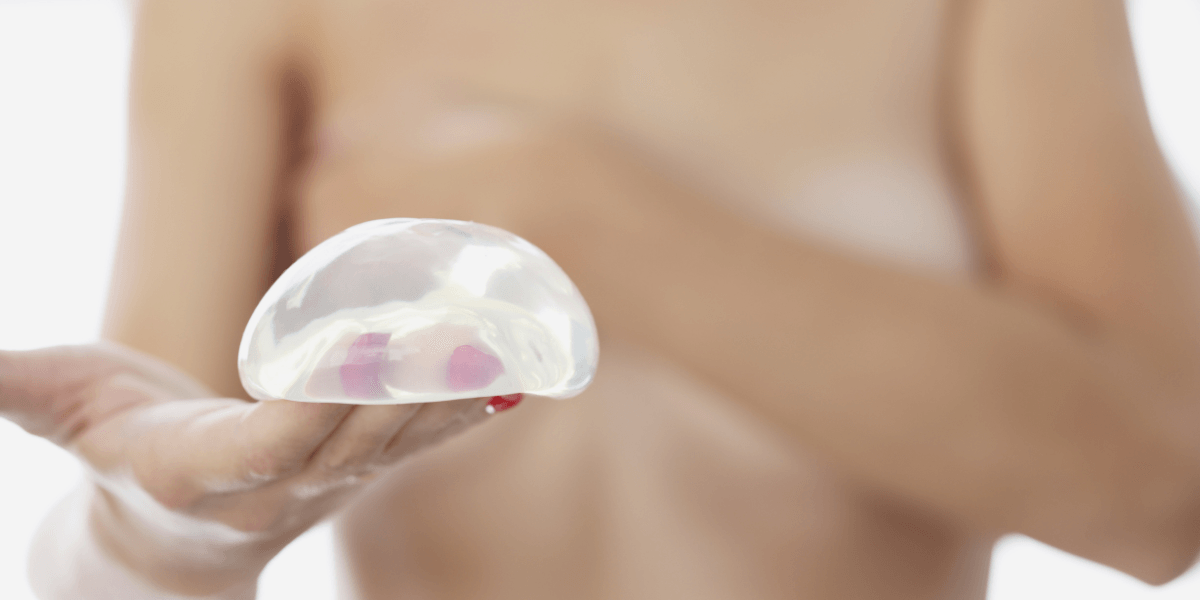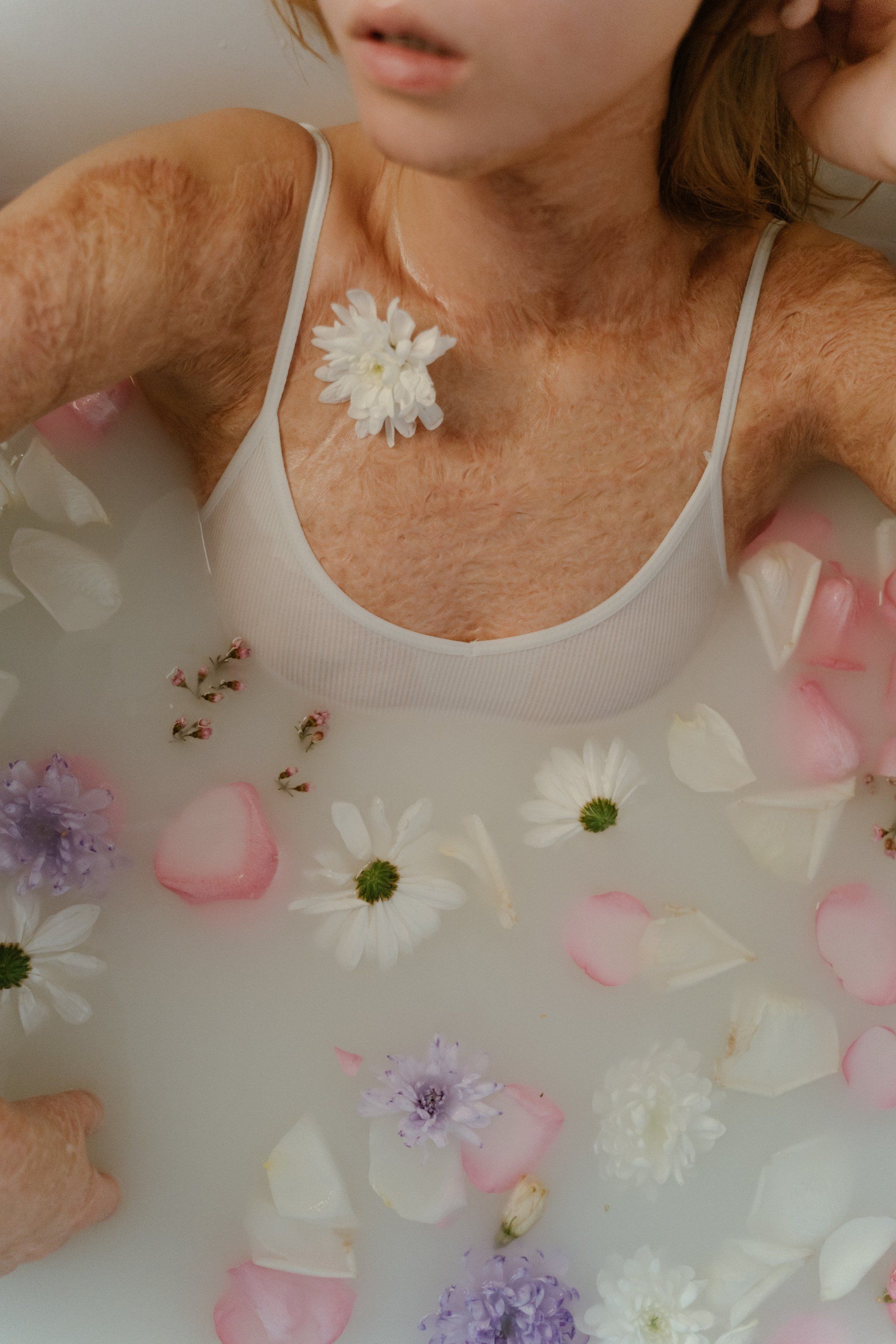How to Stop Stressing and Get Better Sleep
Are you not feeling like yourself lately? Do you feel irritable or anxious? Or are you suffering from low self-esteem, high blood pressure, and muscle tension?
If you said yes to most or all of the above, you should know that these are common stress response symptoms, and you might be experiencing chronic stress.
Here’s what doctors prescribe: a good night’s sleep.
Unfortunately, it’s easier said than done since chronic stress may prevent you from enjoying a healthy sleep.
Tricky, right? Before we fall down the rabbit hole, there’s one thing you should understand: there are plenty of ways to stop stress and get better sleep.
Do you want to stop stressing and finally get a good night’s sleep? If so, keep on reading to discover the different ways you can manage stress and anxiety, plus a few tips on how to get better sleep.
How Does Stress Affect Sleep? Here’s the Connection Between Stress and Insomnia
Have you ever wondered about the link between more stress and less sleep? To fully understand that, we have to look at our central nervous system and how our brain reacts to the presence of stress hormones. Here’s how it goes:
When our stress levels rise, the amygdala is activated. Amygdala is the part of our brain that controls our fight-or-flight response.
After receiving the distress signal from the amygdala, it alerts the adrenal glands, which causes it to release the so-called stress hormones, which prepare our body to either flee from danger or fight the threat.
These hormones trigger both emotional (fear, anxiety, or aggression) and physical symptoms (tensed muscles, fast heartbeat, difficulty breathing, and many more.
Once the threat is eliminated, our brain’s initial stress response diminishes, and the relaxation response is activated, allowing your body to rest and cover properly.
Here’s the sad part: when you’re constantly exposed to stressors (as is the case of chronic stress), your autonomic nervous system is not given enough time to activate your brain’s relaxation response.
As a result, your body remains in a prolonged state of fight-or-flight stress management function, causing it to go on hyperdrive. You can compare your body to a car as if its been running on 5th gear the entire time.
Because your body is in a constant state of physical arousal, you’ll experience sleep disturbances or, worse, sleep deprivation.
Here’s the worst part: lack of sleep or poor sleep quality will cause further stress.
When left unmanaged, chronic stress can negatively impact your health and everyday life.
How to Stop Stressing? The Best Stress Relief Techniques to Try!
The first step that you need to take for better sleep is to reduce stress. Inducing your body’s relaxation response is the best way to do that, as it can help lower your blood pressure and slow down your heart rate.
Performing certain stress management and relaxation techniques can help with that. Here are some of the methods that can help relieve stress:
1. Deep Breathing and Breath Control Exercises
Deep breaths—this is what most people suggest that you do when you’re in a state of panic or feel stressed. Well, they are right.
Deep breathing is known to increase the oxygen supply to your brain and stimulate the parasympathetic nervous system, which can help promote calmness.
The good thing about this stress reduction technique is you can perform this anywhere and everywhere without any need for any apps or tools.
All you need to do is find a quiet place to sit and breathe in through your nose, then exhale through your mouth, making sure your stomach expands and contracts accordingly. Do this for a few minutes.
2. Progressive Muscle Relaxation Techniques
Muscle tension is one of the most common physical symptoms of stress. Progressive muscle relaxation techniques can help address this.
This two-step stress relief technique involves tensing and tightening your muscles and then relaxing them afterward.
This technique aims to help you identify the first signs of muscle tension brought about by stress so you can combat it by intentionally relaxing your muscles.
For best results, try combining this technique with deep breathing exercises.
3. Visualization
Also known as guided imagery, this stress relief technique involves imagining a thing, place, person, or scene which makes you feel at peace (i.e., your childhood home, your parents or kids, the beach, etc.). Doing this can help calm your racing thoughts and shift your focus from worry to relaxation.
You can do visualization on your own. But if you have problems doing so, you can try using audio and app downloads that can help guide you through the entire process. For example, you can listen to the sound of waves if you’re trying to visualize being by the beach.
4. Physical Exercises
Performing a physical activity can boost the production of endorphins, which act as the body’s natural painkillers that can help relieve stress. Studies conducted by the Anxiety and Depression Association of America showed that physically active people are less prone to anxiety and depression than sedentary people.
You can try running, walking, biking, and the like. But when it comes to lowering blood pressure and promoting relaxation, low-intensity exercises like yoga and tai chi are the way to go.
This is because both exercises involve deep concentration and focused breathing. Plus, the different postures can help stretch and relax your muscles too.
5. Mindful Meditation
Stop stressing over the things you can’t control—this is easier said than done. Fortunately, mindful meditation can help you to do this.
This relaxation technique can help people be more aware of their present moment, so they can be mindful of and acknowledge their thoughts and feelings without judgment.
This simple exercise can help you remain objective and prevent you from reacting negatively to a stressful situation.
Mindful meditation has a positive impact not only on overall mental health but also on our well being.
How to Get Better Sleep? The Keys to Healthy Sleep
Reducing stress is just half of the battle. The techniques we’ve mentioned can help keep stress and anxiety at bay to get enough sleep, but you still need to make sure that you can enjoy quality sleep.
With that said, here are some tips on how to get better sleep:
1. Make your bedroom a sleeping haven.
Studies show that your environment can affect the quality of your sleep. So if you have trouble sleeping, you may want to evaluate and tweak your bedroom design. Here are some of the elements that you should focus on when designing your bedroom
- Bed and Pillows
Make sure that your bed is of the right firmness. On the other hand, invest in a high-quality pillow that can promote proper spine alignment while you sleep.
Pro Tip: Research suggests that a weighted blanket can help you fall asleep when you’re feeling stressed or anxious.
- Lights
Limit light sources as much as you can. Turn off all lights—both dim and bright—a few hours before bedtime. Additionally, install blackout curtains or shades to keep your bedroom dark during sleep time.
- Temperature
Keeping your bedroom temperature low is conducive to sleep. Research suggests that the best temperature for sleep is around 65 degrees Fahrenheit.
- Sounds
As much as possible, minimize sounds in the bedroom. For example, avoid playing too loud music or TV and put your mobile phone in silent mode when it’s time to sleep.
If you find the natural setting of your bedroom to be too silent or you’re feeling overwhelmed with the racing thoughts inside your head, try playing soothing music or white noise that can help you fall asleep faster.
2. Avoid any stimulants a few hours before bedtime.
If you want to get deep sleep, you should avoid stimulants. These include coffee, energy drinks, and other sugary beverages.
Here’s one thing you might not be aware of: Contrary to popular belief, alcohol consumption can also disrupt sleep and may cause poor sleep quality.
3. Establish a bedtime routine.
A consistent bedtime routine can help your body and brain transition from daytime to nighttime. Once you start with the bedtime routine, it cues your brain that you’re going to bed soon so it can get ready for rest.
Some of the best activities for your bedtime routine would be brushing your teeth, taking a hot shower, reading a book, or anything that can make you feel relaxed.
4. Schedule your “worry time”.
The main reason you have trouble sleeping when you’re stressed out is the racing thoughts inside your head. Unfortunately, it’s pretty impossible to eliminate all of those.
The best thing that you can do is to schedule a worry time so you can address all of your thoughts and calm your mind when bedtime comes.
Schedule at least 15 to 30 minutes a day to tackle all your worries. If possible, write them all down and try to think of a possible solution to each issue a few hours before sleeping.
In this way, you can sleep soundly, knowing that you’ve already taken care of any potential problems that you may encounter the next day.
5. Set time for gratitude.
More important than setting a worry time, you should also schedule a time to think about the fantastic things you’re grateful for. If possible, keep a gratitude journal where you’ll write at least three things that you’re thankful for at the end of the day.
In addition to putting you in a great mood, gratitude triggers the production of happy hormones and reduces the level of stress hormones in your body.
6. Take some supplements
Need a little extra help to support your sleep quality? Supplementation can be a great option when combined with healthy sleep habits. Composed of complimentary ingredients such as valerian root extract, hops extract, and a quality amount of melatonin, nutraMetrix® Prime™ Sleep is formulated to help you with the total quality of your rest by helping you relax and drift off to sleep. It can also help you stay asleep throughout the night and improve overall sleep quality, so you wake up feeling refreshed and revitalized.*
*These statements have not been evaluated by the Food and Drug Administration. This product is not intended to diagnose, treat, cure or prevent any disease.
The Bottom Line
Managing stress is not a walk in the park. All the sleep tips, relaxation exercises, and stress relief techniques we’ve shared can help stop stress, improve mood, and make you feel calmer to enjoy better sleep.
If these are not enough to reduce your stress levels and you still find yourself tossing and turning at night or your lack of sleep has already led to different health issues like high blood pressure, it might be best to get professional medical advice.
In this way, you’ll have a proper medical advice diagnosis. You can also get the right treatment and assistance to effectively manage stress levels, maintain good mental health, and get better sleep.










